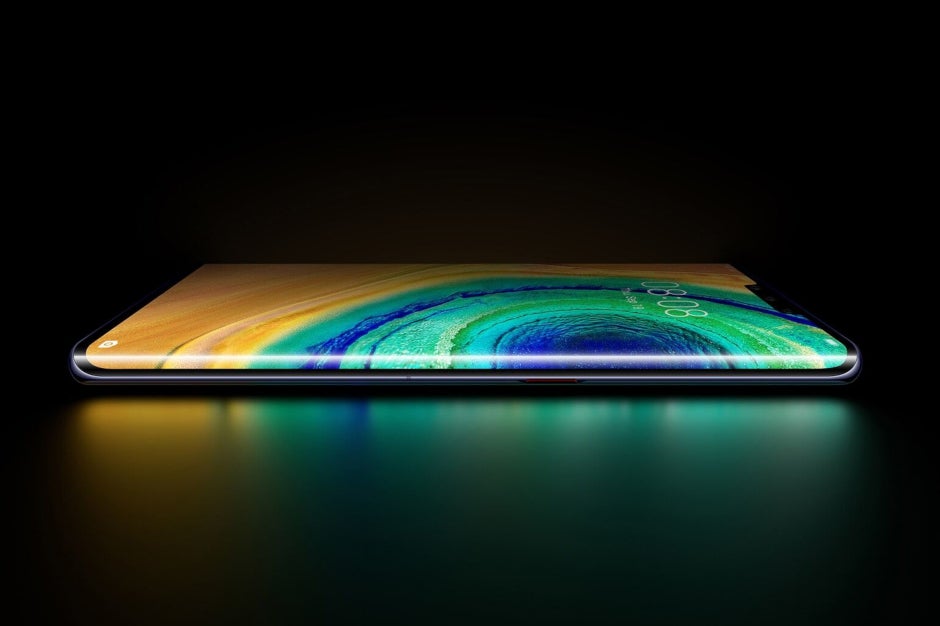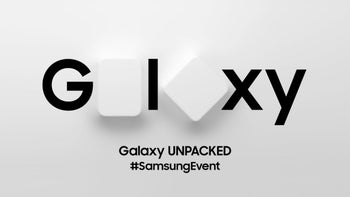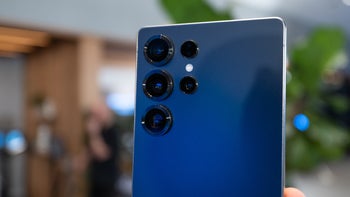There is a good reason why shipments of the Huawei Mate 30 line picked up last month

Thanks to its placement on the U.S. Commerce Department's entity list for security reasons, Chinese manufacturer Huawei is not able to access its U.S. supply chain. Luckily for the company, it had anticipated something like this happening and kept an inventory of extra parts. It also was able to obtain some of the parts it needs through the offshore units of U.S. suppliers.
But the one supplier that Huawei finds it it hard to replace is Google. Unable to get a license to use the Google Play services version of Android, the manufacturer's phones will not run Google's core Android apps like Search, the Play Store, Messages, Gmail, Maps and others. For example, Huawei's top 2019 flagship line, the Mate 30 series, runs on an open-source version of Android installed with the company's App Gallery app storefront. In China, this is no big deal since most Google apps are banned there anyway, but it has dampened global sales of the phones and will similarly impact next quarter's P40 line.
Huwaei could ship 23% fewer phones than it estimated at the beginning o the year
Any sales that Huawei might have lost globally have been partially made up for by patriotic Chinese consumers who consider the company to be the victim of bullying by the U.S. During the third quarter, the company's shipments of handsets soared 66% inside China giving the firm a mind-blowing market share of 42.4% during the three-month period. Thanks to these sales inside its home country, Huawei managed to increase global phone shipments by more than 28% year-over-year from July through September. Having delivered 66.8 million phones worldwide (18% of the global market) during Q3, Huawei trails only Samsung in global shipments of smartphones. It might not surpass Samsung this year as expected at the beginning of 2019, but it still is an amazing performance for a company crippled by a U.S. supply ban.
According to MyDrivers, the Mate 30 line, which launched in September, has shipped over 12 million units through the end of November. Last month, Richard Yu, the head of the company's consumer unit, said that global shipments of the series exceeded 7 million phones during its first 60 days. And shipments picked up speed in November with more than 5 million units delivered that month; the increase could be due to the launch of the 5G version of the Mate 30 and Mate 30 Pro. The latter models are powered by the Huawei designed Kirin 990 5G SoC which is manufactured by TSMC using its 7nm EUV process. With an integrated 5G modem, the chip carries over 10.3 billion transistors inside.

The Huawei Mate 30 Pro
The line's premium model, the Mate 30 Pro, sports a Gorilla Glass 6 protected 6.5-inch AMOLED display; because of its waterfall curve, the screen has a resolution of 1176 x 2400. The unit comes with 8GB of memory and 256GB/512GB of storage. The cameras on the back feature a 40MP primary, an 8MP telephoto, 40MP ultra-wide and a Time of Flight (ToF) sensor. A 4500mAh capacity battery keeps the lights on.
Huawei was placed on the entity list because of a law in China that allows the government to request that the company gather intelligence on its behalf. This has led to speculation that both the manufacturer's phones and networking equipment contain a back door that sends gathered information to Beijing. Huawei has repeatedly denied this claim.
When the U.S. first announced the supply chain ban in the middle of May, many analysts expected it to severely cripple Huawei's global handset business. As it is, the firm originally expected to ship 300 million phones in 2019 and now hopes to deliver 230 million units. But the latter figure still exceeded initial estimates made during the early days of the ban and Huawei will probably consider it to be a victory for the company.
Follow us on Google News












Things that are NOT allowed:
To help keep our community safe and free from spam, we apply temporary limits to newly created accounts: